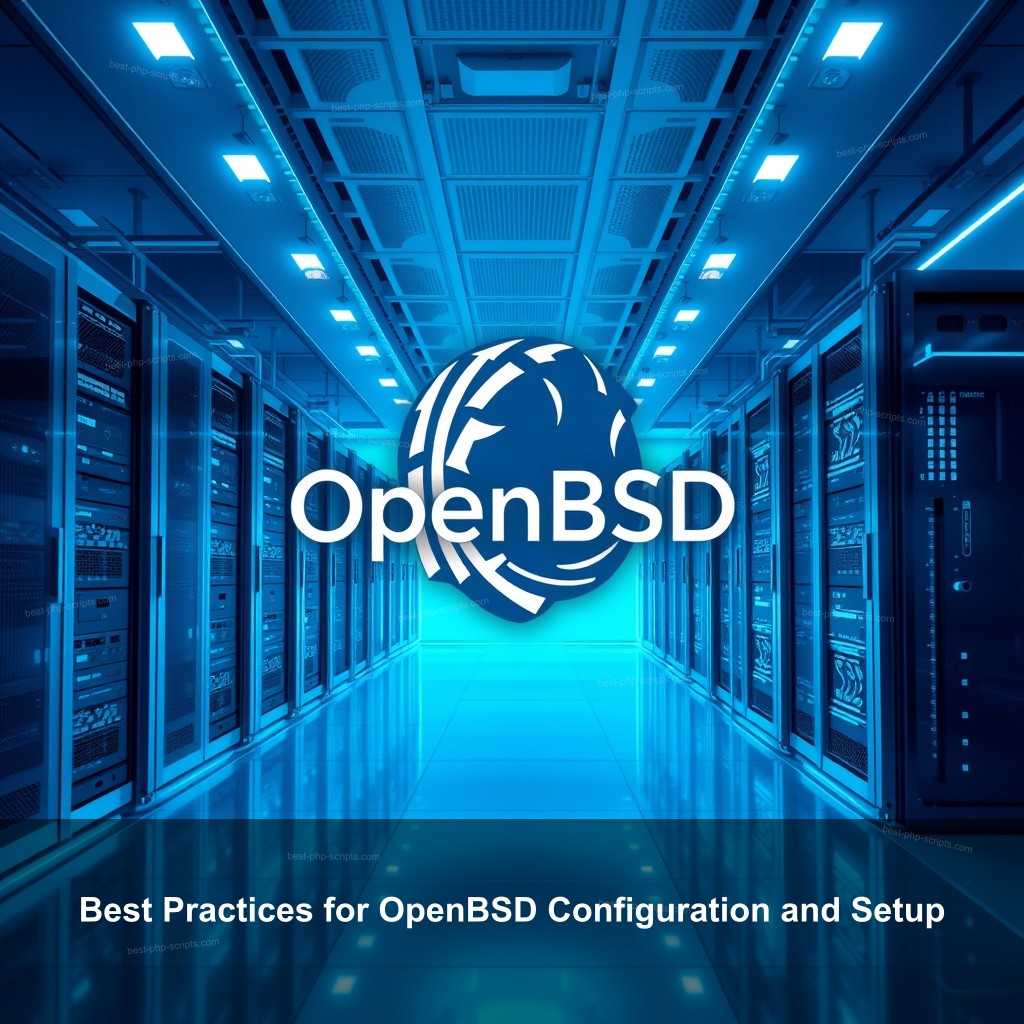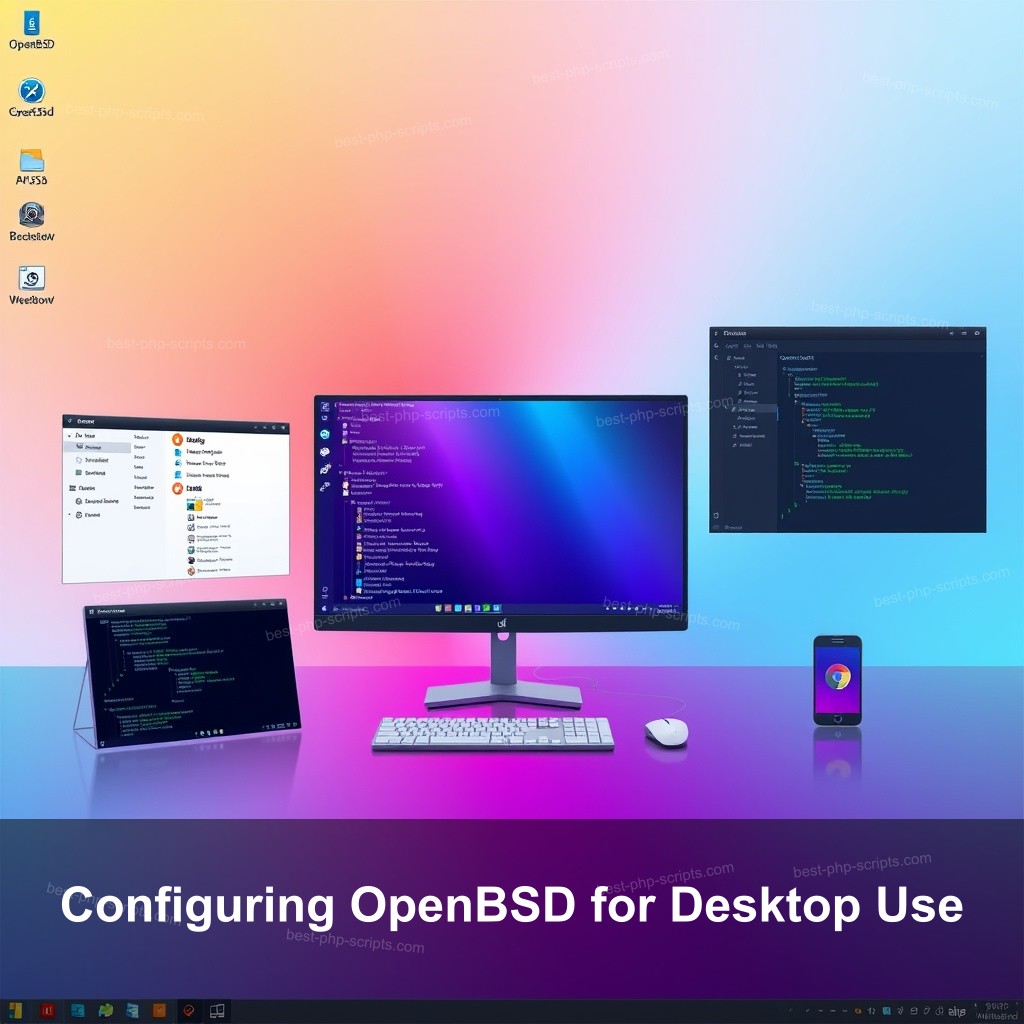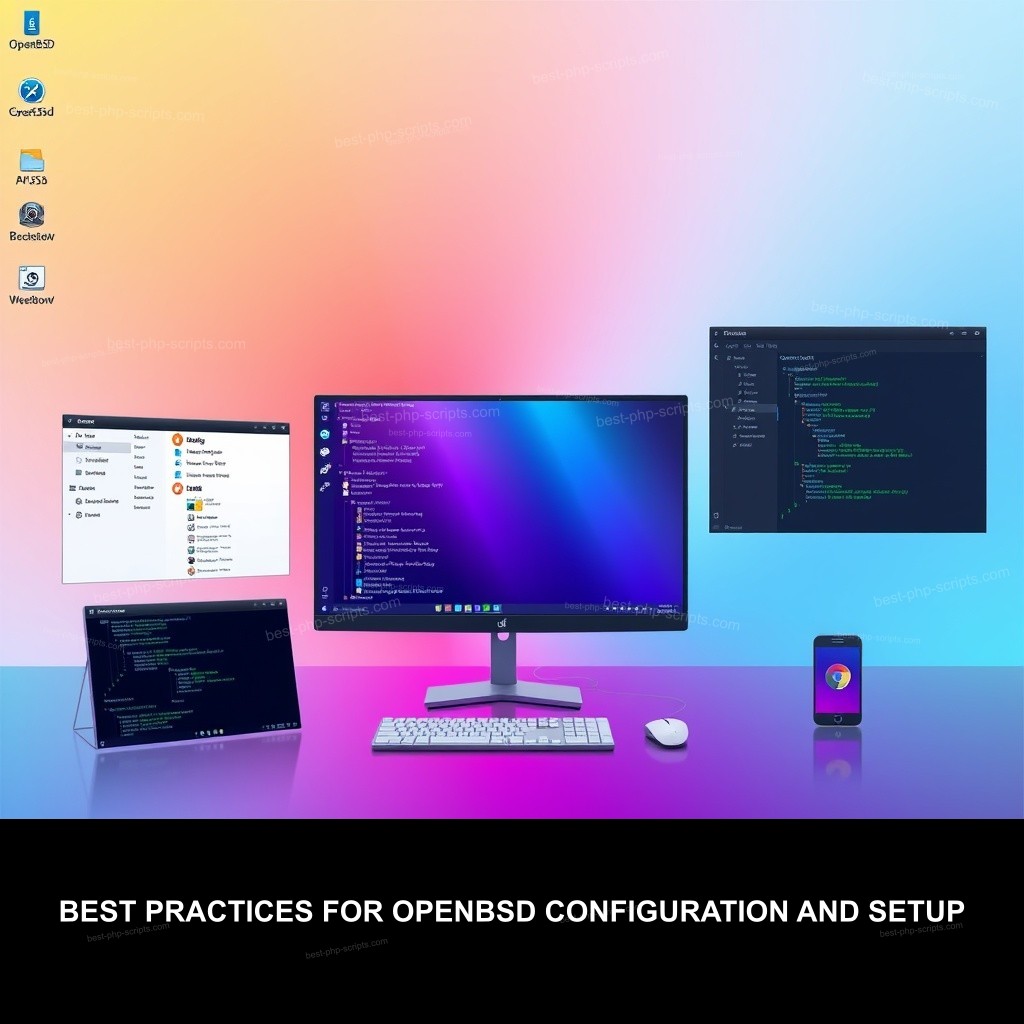Are you looking to optimize your OpenBSD experience? At Best PHP Scripts, we understand the importance of having a well-configured system. In this post, we will discuss best practices for OpenBSD configuration and setup, ensuring you get the most out of this reliable operating system.

Best Practices for OpenBSD Configuration and Setup
Setting up OpenBSD properly is crucial for ensuring security and performance. Here, we will outline essential steps and considerations for configuring OpenBSD effectively.
Introduction to OpenBSD Configuration
OpenBSD is known for its emphasis on security and correctness. Proper configuration is important to leverage these features effectively.
OpenBSD’s commitment to code correctness leads to a more secure environment. This is especially important as systems face various threats in today’s digital world.
Many users make common mistakes during configuration. We will discuss these pitfalls and how to avoid them.
| Common Configuration Pitfalls | Consequences | Advice |
|---|---|---|
| Ignoring updates | Vulnerabilities can be exploited | Regularly check for patches |
| Weak firewall settings | Increased risk of attacks | Implement strict PF rules |
| Improper user permissions | Unauthorized access to system resources | Utilize doas for user management |
Essential OpenBSD Configuration Steps
Installing OpenBSD is the first step in this journey. Users must be aware of hardware requirements and the installation process.
Network configuration plays a significant role in ensuring a secure and efficient system. Configuring interfaces and firewall settings correctly is critical for protecting your system.
- OpenBSD installation guide should be consulted for a smooth installation process.
- Set proper firewall rules with PF for network security.
- Ensure that user permissions are managed effectively, using tools like doas.
Advanced Configuration Techniques for OpenBSD
Once the basic setup is complete, users can explore more advanced configuration techniques.
Security Configuration for OpenBSD
Security is a top priority for OpenBSD users. Implementing firewall rules using PF is a key step in securing your installation.
Regular security audits help maintain system integrity and identify potential vulnerabilities before they can be exploited.
Encrypting data using SoftRAID is another effective approach to securing sensitive information.
| Security Measures | Description | Benefits |
|---|---|---|
| PF Configuration | Firewalls manage traffic | Protects against unauthorized access |
| Data Encryption | Encrypt sensitive files | Prevents data breaches |
| Regular Audits | Examine system health | Identify and fix issues proactively |
Performance Optimization Strategies
Optimizing system resources ensures that OpenBSD runs efficiently. Allocating memory and CPU resources strategically can lead to significant performance gains.
Service management is also critical. Disabling unneeded services can improve security and free up system resources, enhancing overall performance.
Monitoring tools like top and vmstat can provide insights into system health, allowing for fine-tuning based on real-time data.
OpenBSD for Specific Use Cases
OpenBSD can be adjusted to meet various needs, from desktop to server configurations.

Configuring OpenBSD for Desktop Use
Choosing the right desktop environment can enhance user experience significantly. Options like KDE and XFCE provide flexibility for users with different preferences.
Customizing the desktop involves setting visual preferences and accessibility options, making the environment user-friendly.
Managing software packages effectively ensures access to the latest tools and applications.
OpenBSD as a Server Solution
For users considering OpenBSD as a server, there are specific configuration best practices to follow.
Ensuring high availability through clustering and load balancing can keep services running smoothly.
Backup strategies must also be in place to protect against data loss, using tools like dump and restore.
Resources for Further Learning
OpenBSD users can benefit greatly from available resources to continue their learning.
Recommended Documentation and Community Resources
The official OpenBSD documentation is invaluable for users at any level.
Community forums offer additional support, where users can ask questions and share experiences.
Online courses provide structured learning opportunities for users looking to deepen their knowledge of OpenBSD.
Keeping Up with OpenBSD Updates
Understanding the OpenBSD release cycle ensures that users stay informed about new features and security updates.
Participating in community discussions can enhance knowledge and foster connections with other users.
Finally, subscribing to security advisories is essential for maintaining the security posture of your OpenBSD installation.
FAQ
What are the best practices for configuring OpenBSD?
The best practices include installing the latest version, configuring firewalls, managing user permissions, and regularly updating the system.
How can I optimize OpenBSD performance?
Optimize performance by tuning system parameters, monitoring resource usage, and disabling unnecessary services.
What security features does OpenBSD offer?
OpenBSD includes built-in cryptography, secure shell access, and advanced firewall capabilities through PF.
How do I configure OpenBSD for a server environment?
To configure for a server, ensure proper network settings, implement high availability, and establish a reliable backup strategy.
Where can I find resources to learn more about OpenBSD?
Resources include the official documentation, community forums, and online courses dedicated to OpenBSD.
Conclusion
Configuring OpenBSD effectively can improve both security and performance. By following the best practices outlined, users can create a strong and efficient system. For more insights and resources, visit Best PHP Scripts today.

Leave a Reply